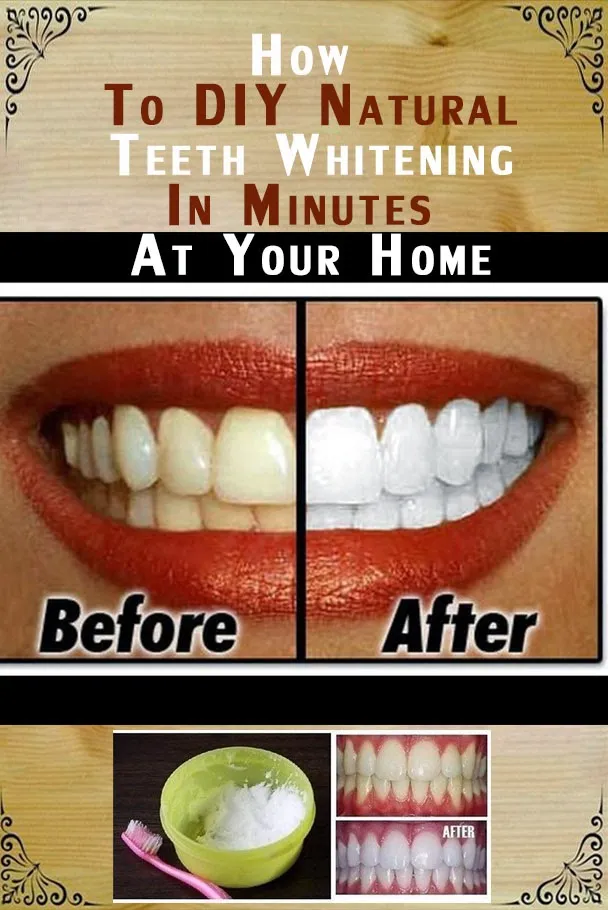Top 5 Homemade Teeth Whitening Methods
Achieving a brighter, whiter smile doesn’t always require expensive professional treatments. In fact, several effective homemade teeth whitening methods utilize natural ingredients found right in your kitchen. These DIY treatments offer a cost-effective and often gentler approach to enhancing your smile, while avoiding the harsh chemicals sometimes found in commercial products. This guide explores five of the most popular and effective homemade teeth whitening techniques, explaining how they work, their benefits, and important safety considerations to help you achieve a radiant smile naturally. Remember to consult with your dentist before starting any new teeth whitening regimen, especially if you have sensitive teeth or pre-existing dental conditions.
Baking Soda and Hydrogen Peroxide for Whitening
The combination of baking soda and hydrogen peroxide is a classic and widely used homemade teeth whitening treatment. Both ingredients have properties that contribute to a whitening effect. Baking soda is a mild abrasive that helps to scrub away surface stains, while hydrogen peroxide acts as a bleaching agent to lighten the color of your teeth. This method is relatively easy to prepare and apply, making it a convenient option for those looking to brighten their smile at home. However, it’s crucial to use the right proportions and frequency to avoid potential damage to your enamel and gums. Always prioritize your dental health and consult your dentist if you have concerns.
How to Use Baking Soda for Teeth Whitening
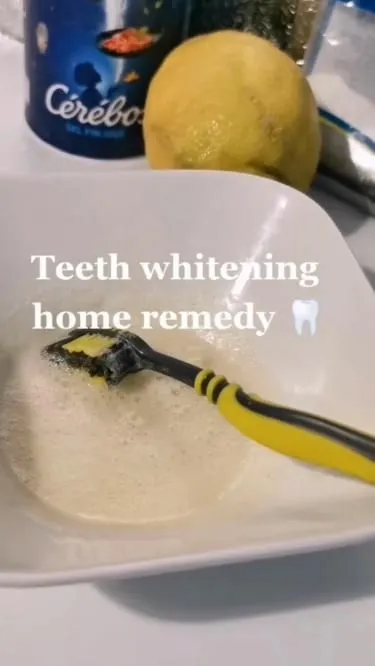
To use baking soda for teeth whitening, mix about a teaspoon of baking soda with a small amount of hydrogen peroxide to form a paste. The consistency should be thick enough to adhere to your teeth without being too runny. Gently brush your teeth with this paste for about two minutes, using a soft-bristled toothbrush. Avoid applying excessive pressure to prevent enamel erosion. After brushing, rinse your mouth thoroughly with water. It’s important to note that while this method can help remove surface stains, it should be used sparingly, perhaps once or twice a week, to avoid damaging your enamel. Overuse can lead to increased sensitivity and long-term dental issues. Always follow up with regular brushing using your regular toothpaste.
The Role of Hydrogen Peroxide
Hydrogen peroxide is a mild oxidizing agent that can help lighten the color of your teeth. It penetrates the enamel and dentin to break down stain-causing compounds. When used in combination with baking soda, it enhances the cleaning and whitening effects. However, the concentration of hydrogen peroxide is important. Using a 3% solution, which is commonly available, is generally safe for oral use when diluted and used as directed. Higher concentrations should be avoided without professional guidance. After brushing with the baking soda and hydrogen peroxide mixture, rinse your mouth thoroughly with water to remove any residual product.
Coconut Oil Pulling for a Brighter Smile
Coconut oil pulling is an ancient Ayurvedic practice that involves swishing coconut oil in your mouth to remove bacteria and toxins, and potentially whiten teeth. The oil acts as a cleanser, drawing out impurities and reducing plaque buildup. Many people find coconut oil pulling to be a gentle and effective method for improving oral hygiene and achieving a brighter smile. Besides whitening, it can also contribute to fresher breath and healthier gums. The process is simple and can be easily incorporated into your daily routine. However, it’s important to use the correct technique and consistency to achieve the best results and to ensure you’re maintaining good overall oral health.
How Coconut Oil Works
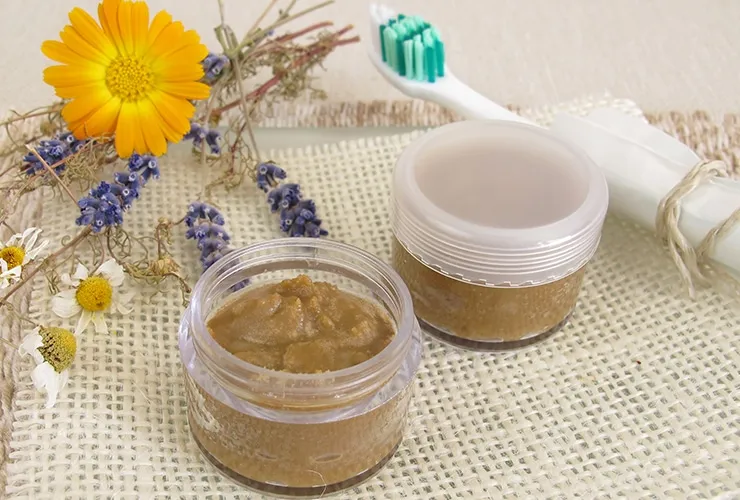
Coconut oil is rich in lauric acid, a fatty acid known for its antimicrobial properties. When you swish coconut oil in your mouth, it binds to bacteria, viruses, and fungi. As you swish, the oil pulls these impurities out of your mouth and teeth. This helps to reduce plaque, improve gum health, and potentially whiten teeth by removing surface stains. The oil also helps to moisturize the mouth and prevent dryness, contributing to overall oral health. The oil’s ability to penetrate hard-to-reach areas helps eliminate bacteria that cause bad breath and contribute to tooth decay. The process is not a replacement for brushing and flossing, but it can be a useful supplement to your oral hygiene routine.
Benefits of Coconut Oil Pulling
The benefits of coconut oil pulling extend beyond teeth whitening. Regular practice can lead to improved gum health, reduced plaque and bacteria, and fresher breath. Some users report a reduction in sensitivity and a noticeable improvement in the overall appearance of their teeth. It is a natural and relatively inexpensive method for enhancing oral hygiene. Additionally, coconut oil pulling does not contain harsh chemicals, making it a gentler alternative to some commercial mouthwashes. However, it is important to note that coconut oil pulling may not be effective for everyone and should not replace traditional brushing and flossing. The best results are usually achieved when it is integrated into a comprehensive oral care routine.
Activated Charcoal for Teeth Whitening
Activated charcoal has become a popular teeth whitening remedy due to its ability to absorb stains and impurities. Derived from coconut shells, wood, or other sources, activated charcoal is processed to increase its absorption capacity. When used on teeth, it can help remove surface stains caused by coffee, tea, wine, and other foods and drinks. While it is effective for removing surface stains, the long-term impact of using activated charcoal for teeth whitening is still being studied. It’s important to use this method with caution and be aware of potential risks, such as enamel erosion. Always consult your dentist before using activated charcoal regularly.
Why Activated Charcoal Works
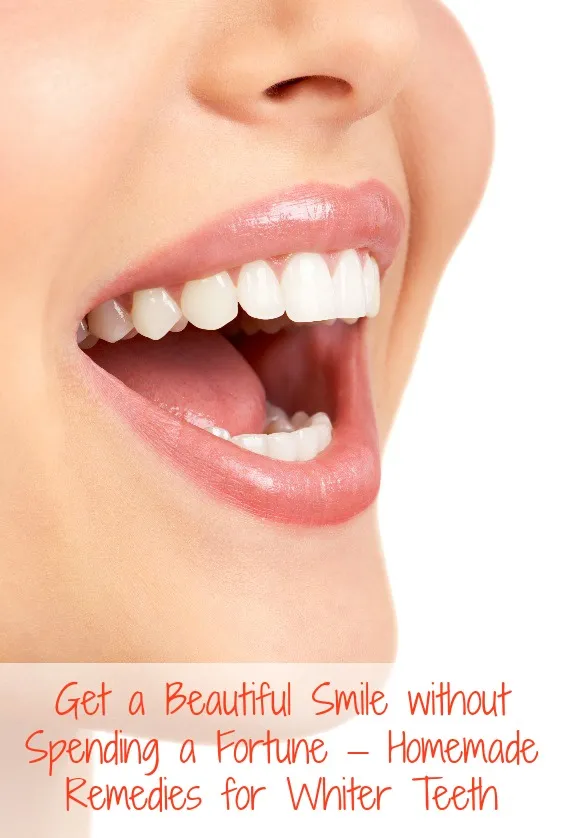
Activated charcoal works through absorption. Its porous structure allows it to attract and bind to stains and impurities on the surface of the teeth. This absorption process helps to lift away surface stains, resulting in a brighter appearance. When you brush with activated charcoal, it effectively scrubs away these stains, revealing the natural color of your teeth underneath. However, activated charcoal does not actually change the color of your teeth; it simply removes the stains. The effectiveness varies from person to person and depends on the type and severity of the stains. While it can provide visible results, it’s not a permanent solution and requires consistent use.
Precautions When Using Charcoal
Using activated charcoal for teeth whitening requires certain precautions. The abrasive nature of charcoal can potentially damage your enamel if used too frequently or with excessive force. This can lead to increased sensitivity and an increased risk of cavities. It is recommended to use activated charcoal sparingly, perhaps once or twice a week, and to brush gently. Avoid using it if you have sensitive teeth or existing dental issues without consulting your dentist. Always choose a high-quality, food-grade activated charcoal product. After brushing, rinse your mouth thoroughly with water to remove any residual charcoal and follow up with your regular toothpaste.
Turmeric for Teeth Whitening
Turmeric, a vibrant yellow spice, has gained popularity for its potential teeth whitening properties. Containing curcumin, turmeric possesses anti-inflammatory and antioxidant properties. It is a gentle and natural option for improving the brightness of your teeth. Using turmeric for teeth whitening is a relatively simple and inexpensive method that many people find to be effective and safe. While the research on turmeric’s effectiveness in teeth whitening is still ongoing, anecdotal evidence and user experiences suggest it can help to remove surface stains and brighten the teeth. It’s a less abrasive option than other methods.
The Science Behind Turmeric’s Whitening Properties
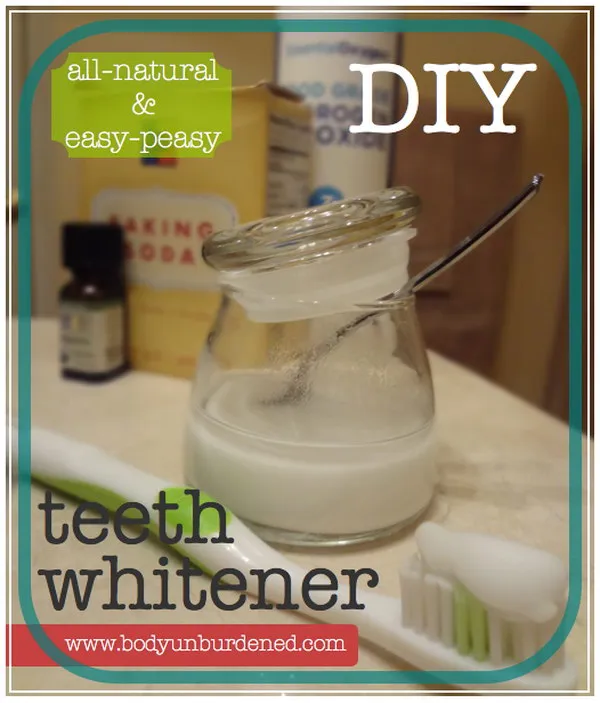
The exact mechanism by which turmeric whitens teeth is not fully understood, but its properties suggest several potential benefits. The anti-inflammatory and antioxidant effects of curcumin may contribute to overall oral health by reducing gum inflammation and protecting against free radical damage. The mild abrasive nature of turmeric can help remove surface stains, similar to baking soda. Additionally, turmeric may help to break down plaque and reduce the buildup of bacteria, which can lead to a healthier mouth and whiter teeth. Further research is needed to fully understand the long-term effects and efficacy of turmeric for teeth whitening.
How to Use Turmeric Safely
To use turmeric for teeth whitening, mix turmeric powder with a small amount of water to form a paste. Gently brush your teeth with the paste for about two minutes, paying attention to all surfaces. Rinse your mouth thoroughly with water. Because turmeric is a natural spice, it can stain your toothbrush and potentially your teeth. If you’re concerned about staining, you can brush your teeth with regular toothpaste afterward. It’s important to use turmeric sparingly, perhaps once or twice a week. If you experience any irritation or sensitivity, discontinue use and consult with your dentist. Choose high-quality, organic turmeric to minimize any potential contaminants.
Whitening with Lemon and Orange Peels
Citrus fruits like lemons and oranges contain citric acid, which can act as a natural bleaching agent. The peels of these fruits contain limonene, a solvent that can help remove stains from teeth. Using lemon and orange peels is a simple and readily available homemade teeth whitening method. While it may provide a quick brightening effect, it is crucial to use this method with caution, as the high acidity of citrus fruits can be damaging to your enamel. Moderation and proper technique are essential to prevent any harm to your teeth. If you have sensitive teeth or experience discomfort, it’s best to avoid this method or consult with your dentist.
The Whitening Power of Citrus Fruits

The whitening power of citrus fruits comes from their high acid content. Citric acid can help to dissolve surface stains, providing an immediate brightening effect. The limonene found in the peels of citrus fruits is a natural solvent that can also help remove stains. This combination of acids and solvents can effectively break down the pigments that cause discoloration on the surface of your teeth. However, the acidity also poses a risk to tooth enamel, making it thinner and more susceptible to damage. The use of citrus fruits should be balanced with proper oral hygiene practices to avoid any potential harm.
Safety Tips When Using Citrus
When using citrus fruits for teeth whitening, it is essential to follow safety guidelines. Do not rub the peels directly on your teeth for extended periods. Limit the use of this method to a few times a week at most. Rinse your mouth thoroughly with water after each application to neutralize the acid and prevent damage to your enamel. Wait at least 30 minutes before brushing your teeth to avoid further erosion. If you experience any sensitivity or discomfort, discontinue the use of citrus fruits immediately and consult your dentist. People with sensitive teeth or existing dental problems should avoid this method completely. Always prioritize your dental health and seek professional advice when in doubt.
In conclusion, the journey to a brighter smile doesn’t always require costly professional treatments. Several homemade teeth whitening methods offer natural and accessible solutions. From the classic combination of baking soda and hydrogen peroxide to the ancient practice of coconut oil pulling, and the use of activated charcoal, turmeric, and citrus fruits, there’s a diverse range of options available. These DIY treatments provide an affordable way to enhance your smile, but it is essential to prioritize safety and be mindful of potential risks. Always use these methods in moderation and consult with your dentist for personalized advice. Maintaining excellent oral hygiene, including regular brushing, flossing, and dental check-ups, is the cornerstone of a healthy and radiant smile. With the right approach and commitment, you can achieve a naturally whiter and healthier smile right from the comfort of your home. Remember to always be informed and make choices that support your overall dental health.
